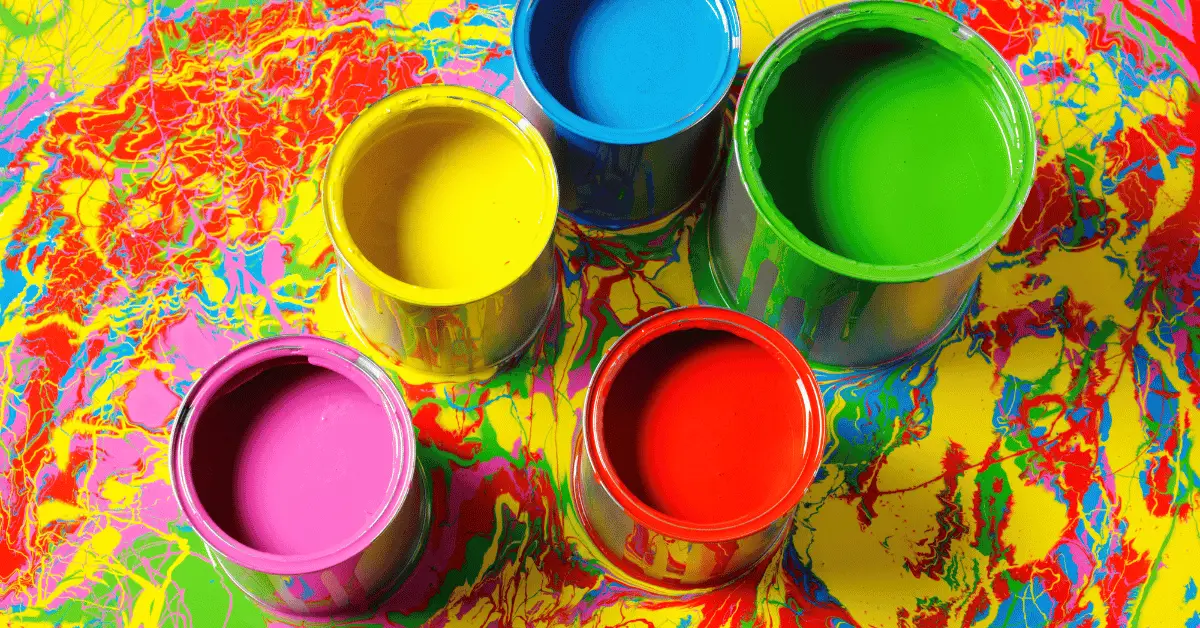Choosing the right paint color for your projector screen can greatly enhance the quality of your viewing experience. While traditional projector screens come in white or gray, you may be surprised to learn that there are other color options that can improve contrast, color accuracy, and overall picture quality. In this guide, we’ll explore the best paint color options for your projector screen, as well as tips for painting your own DIY projector screen. Whether you’re creating a home theater or setting up a presentation system, choosing the right paint color can make all the difference in achieving the best possible image quality.
What’s the Best Paint Color for Projector Screen Use?
When it comes to creating a projector screen, many people default to using traditional white or gray paint. While these colors can certainly do the job, there are other paint color options that can improve the quality of your viewing experience. Here are some of the best paint colors for projector screens:
- Silver: Silver paint is a popular choice for projector screens because it enhances contrast and provides a brighter, more vivid image. However, silver paint can be expensive and may require multiple coats to achieve the desired effect.
- Black: Black paint can also be a good option for projector screens because it absorbs ambient light and reduces glare. However, black paint can be too dark and may cause the image to appear washed out or lose detail.
- Dark Gray: Dark gray paint is a good compromise between white and black. It provides better contrast than white paint while also absorbing ambient light like black paint. This makes it a good option for both home theaters and presentation systems.
- Beige or Light Gray: If you want a more neutral color, beige or light gray can work well for projector screens. These colors can enhance color accuracy and provide a more natural-looking image.
When selecting paint for your projector screen, it’s important to choose a paint with a flat finish. Glossy or semi-gloss finishes can cause reflections and glare, which can reduce the quality of the image. Additionally, it’s recommended to use a high-quality paint and primer to ensure a smooth, even finish.
If you’re considering painting your own DIY projector screen, here are some tips to keep in mind:
- Use a high-quality projector screen paint: There are many projector screen paints available on the market that are specifically designed for this purpose. These paints offer better performance than regular wall paint and can help you achieve a better image quality.
- Use a primer: Applying a primer before painting can help ensure a smooth, even finish and improve the overall performance of the projector screen.
- Paint the screen in a well-lit room: It’s important to paint your projector screen in a well-lit room to ensure that you can see any imperfections in the paint and make corrections as needed.
By choosing the right paint color and using these tips for painting your own DIY projector screen, you can enhance the quality of your viewing experience and achieve the best possible image quality.
Why Silver Paint was Necessary Back in the Day
Silver paint was necessary for projector screens back in the day because it provided a brighter, more vivid image than traditional white or gray paint. In the early days of projection technology, projectors were not as powerful as they are today, which meant that the images projected onto the screen were often dim and lacked contrast.
To compensate for this, projector manufacturers recommended using silver screens, which were made with a reflective coating that enhanced the brightness and contrast of the image. The reflective coating worked by reflecting light back to the audience, which made the image appear brighter and more vivid.
While silver screens are no longer necessary with modern projectors, many people still choose to use silver paint for their projector screens because it can enhance contrast and provide a brighter image. However, as mentioned earlier, silver paint can be expensive and may require multiple coats to achieve the desired effect. Additionally, silver paint can be more reflective than other paint colors, which can cause reflections and glare if the screen is not properly positioned or if there are light sources in the room.
Overall, while silver paint was necessary back in the day, there are now many other paint color options available that can provide similar or better image quality without the added cost or potential drawbacks of silver paint.
Conclusion
In conclusion, silver paint was necessary for projector screens back in the day because it provided a brighter, more vivid image than traditional white or gray paint. However, with modern projectors, silver screens are no longer necessary and there are many other paint color options available that can provide similar or better image quality. When selecting paint for a projector screen, it’s important to choose a flat finish and high-quality paint and primer. Dark gray is a good compromise between white and black, while beige or light gray can enhance color accuracy and provide a more natural-looking image. By choosing the right paint color and following the tips for painting your own DIY projector screen, you can enhance the quality of your viewing experience and achieve the best possible image quality.

